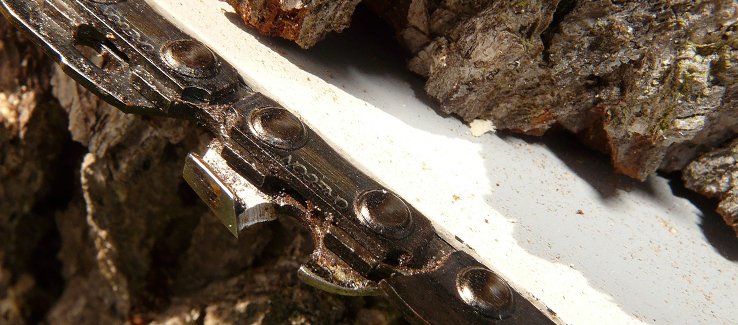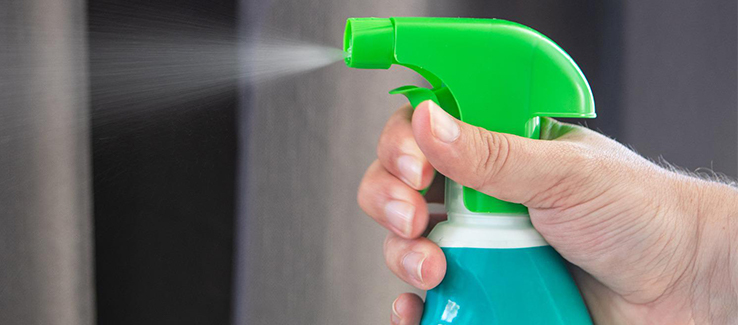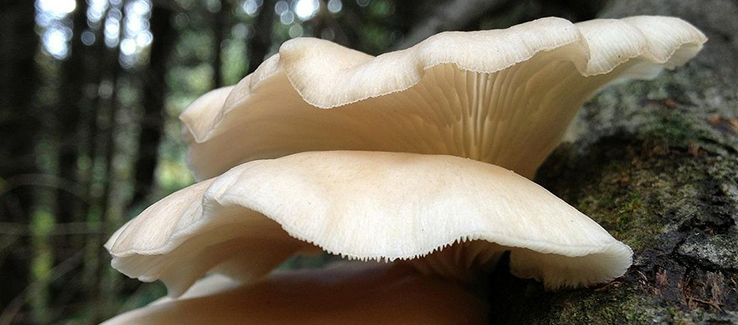Fungus on Trees – How To Get Rid of It
Prevent your tree from harboring fungus that can quickly kill the tree and spread throughout your landscape. Knowing what to do when fungi appear on a tree is essential to getting rid of it.
fasttreeremovalatlanta.com gathered information on the signs of fungal disease and how to eliminate tree fungus.
Signs of a Fungal Disease
As most tree diseases manifest in just a few ways, so do tree fungi. The following are signs to look for:
- Dieback
- A dusting or a light coating on areas of your tree
- Discoloration or growth (scabs) in the bark
- Abnormal growth, discoloration, or wilting in the leaves or needles
- Fungus growing on your tree
- Soil sogginess near the trunk of your tree (could indicate root rot)
Some fungi develop into disease fairly quickly and are called:
- Oak Wilt
- Heart Rot
- Butt Rot
- Root Rot
- Canker Disease
- Powdery Mildew
- Sooty Mold
- Rust Diseases
- Scab Diseases
- Needle Cast
- Mushroom Conks (More on this below)
Fungi can quickly break down a tree’s structural integrity, eventually causing them to fall apart. The growth process of fungi may also interfere with that of its leaves, hurting a tree’s ability to photosynthesize. A sick tree can become dangerous when its strength and structure are compromised by a fungal infection.
How To Eliminate Tree Fungus
Fungi spread all around us, all the time. Here are some fungicidal sprays that can be made at home and applied to your trees and other plant life to discourage fungal growth or development.
Vinegar Spray – You can create a highly effective fungicide by combining one tablespoon of vinegar with one gallon of water. This vinegar mixture can be applied to any plant without causing harm and is sensitive enough to be applied to infected rose plants.
Baking Soda Spray – make this spray by dissolving 1 teaspoon of baking soda into one quart of water. You can add a few drops of insecticidal soap or liquid soap to help the solution spread and adhere to the plant’s leaves. Only use liquid hand soap, like a countertop Ivory, and not laundry detergent. This spray works exceptionally well for powdery mildew, leaf blight, and anthracnose. So, if you see your leaves drooping and prematurely falling, try out this spray.
Milk Spray – This remedy is one of the simplest! Just combine one part milk with nine parts water, and presto, you have a highly effective, natural fungicide ready for weekly applications.
Chamomile Tea – Brew up a pot of chamomile tea, let it cool, and it’s immediately ready for application. This treatment can be sprayed or drizzled on your plants as they grow, mature, or show signs of infection.
Cinnamon – Like other natural remedies, cinnamon is a gentle and effective cure for fungal infections. Especially when treating seedlings or tender, new growth.
Pruning – This approach is recommended for all infected trees. For more massive trees, you may need the assistance of a professional tree service.

Carefully prune away branches and portions of the tree that have become infected or display symptoms of infection. It is crucial that all pruning equipment and tools be sanitized before and after use with diseased trees.
Crown thinning is a pruning technique that “thins” out the crown and allows both sun and air to circulate more freely among remaining branches and foliage. (Airflow and sunlight are both enemies to fungus establishment and growth)
Tip: Before sanitizing your tools, be sure to sanitize your hands and any clothing that may be contaminated with a fungus.
Mushroom Conks on My Tree
Mushroom conks are the fruiting structure of a much larger and more intricate fungal body. Conks are typically firmly attached to the portion on the tree they grew from and should be handled with extreme caution.
When you see mushroom conks growing out of your tree’s wood (on the trunk or branches), DO NOT knock them off or disturb them. A mere jostle could cause a single conk to release billions of spores into the air, potentially infecting and eventually killing other trees, shrubbery, and plant life.
Tip: Mushrooms growing near a tree or its roots (on the ground or the wood) can also indicate a severe fungal infection. If this is the case, you should have your tree professionally evaluated immediately.
Does Bleach Kill Tree Fungus?

Yes. Another way to eliminate fungi from trees includes spraying affected trees with a light bleach and water solution. Most Household bleach is around 5-6% active ingredient and diluting that down to a 10:1 or 5:1 ratio probably wouldn’t hurt your trees as long as they have gone dormant.
Note: This solution should NOT be sprayed on live, thriving, or young, tender plant life.
Killing Tree Fungus
In this article, you discovered signs to watch for that indicate a fungal infection attacking your tree and how to eliminate tree fungi.
Knowing how to identify and quickly treat tree fungi will help you preserve the structure and strength of your tree.
Ignoring the advancement of tree fungi on or in your tree will lead to it becoming diseased, hazardousm, and eventually dying.
Sources:
ipm.ucanr.edu/PMG/PESTNOTES/pn74109.html
canr.msu.edu/news/what-s-that-growing-on-my-tree
extension.psu.edu/tree-diseases-that-create-hazards
(404) 220-9965
(404) 220-9963

